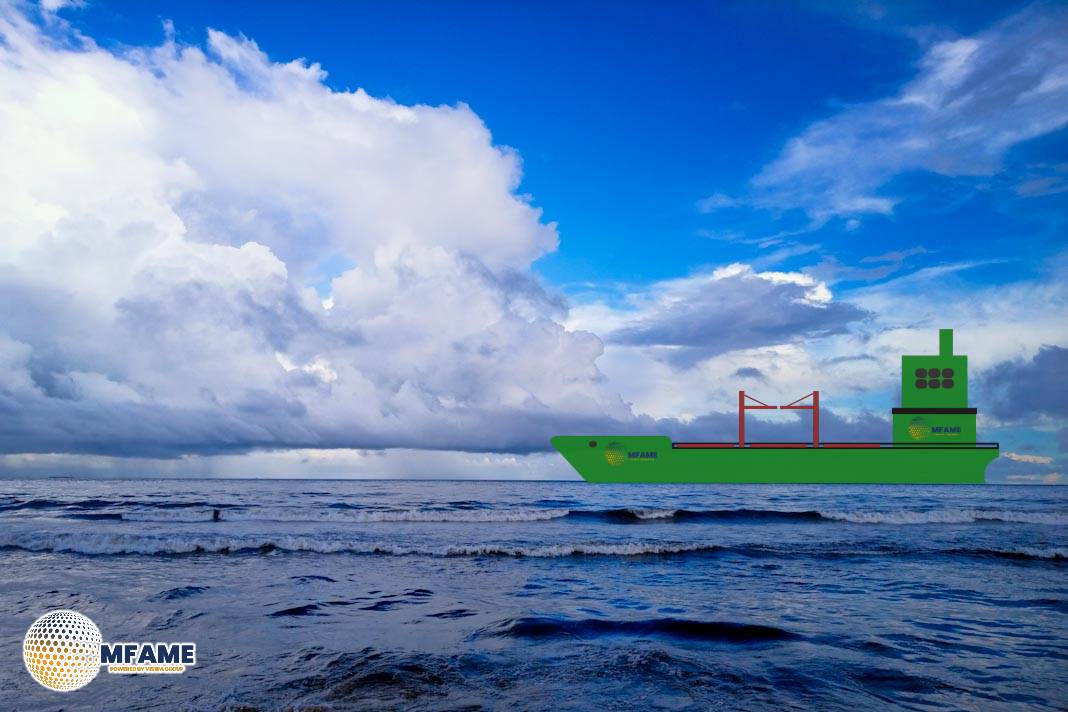The Northwest Seaport Alliance reported that October 2025 container activity reached 233,927 TEUs, a 14.4% drop compared to the same month last year, reflecting the continued impact of tariffs and residual effects from labor disruptions experienced in Canada during the fall of 2024. The update highlights shifting cargo dynamics across the gateway and ongoing changes in both international and domestic trade flows.
According to the alliance, full international imports saw a significant 25.2% year-over-year decrease, while full exports rose 5.4%. Year-to-date container volumes stand at 2,665,144 TEUs, marking a 2.9% decline overall. Within this total, full imports are down 7.6%, and full exports have slipped 2.2%. These developments continue to shape operational planning across the gateway, especially as market conditions respond to tariff pressures.
The report also notes progress on the Terminal 18 shore power project, following the Port of Seattle’s issuance of a contract on behalf of the NWSA. On-site construction is expected to begin in the second quarter of 2026, with completion targeted for late 2027. Once finished, Terminal 18 will become the third international cargo terminal in Washington state able to support shore power, joining Terminal 5 (completed in 2023) and Husky Terminal (completed in 2025). The alliance continues to advance its goal of equipping all international terminals with shore power by 2030, with Washington United Terminal identified as the next facility scheduled for installation. The domestic terminal operated by TOTE Maritime Alaska has already had shore-power capability since 2010.
In contrast to declining international figures, domestic container volumes increased 1.2% compared to the same period in 2024. Trade with Alaska remained steady, and Hawaii recorded a 7.8% increase, reflecting continued demand in non-contiguous markets.
Other cargo segments also experienced notable shifts. Breakbulk volumes declined 18.1%, reaching 282,123 metric tons year-to-date as high interest rates and tariffs continue to influence project and heavy-lift cargo. The automobile sector saw 229,466 units, a 21.8% YTD decrease, driven by slowing national auto sales affected by financing costs and tariff-linked pricing pressures.
This update underscores ongoing adjustments across the port ecosystem as stakeholders respond to evolving trade conditions and the continued push toward maritime sustainability, port efficiency, and clean-energy infrastructure—themes that remain central to modern port development and long-term competitiveness.
Did you subscribe to our daily Newsletter?
It’s Free — Click here to Subscribe!
Source: Northwest Seaport Alliance
























